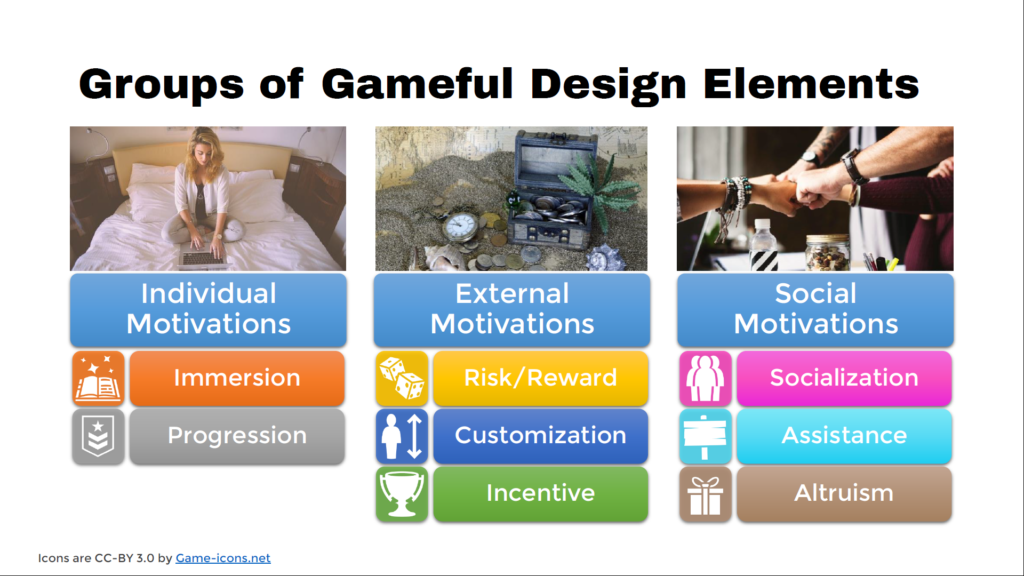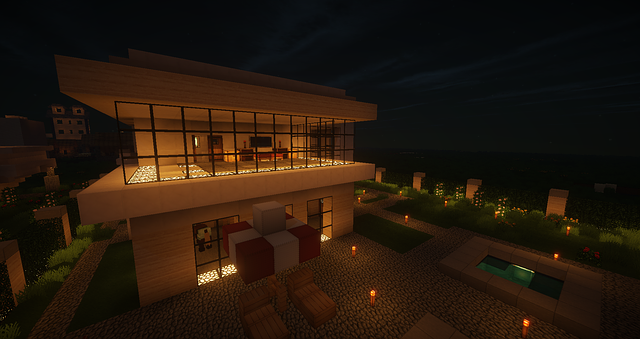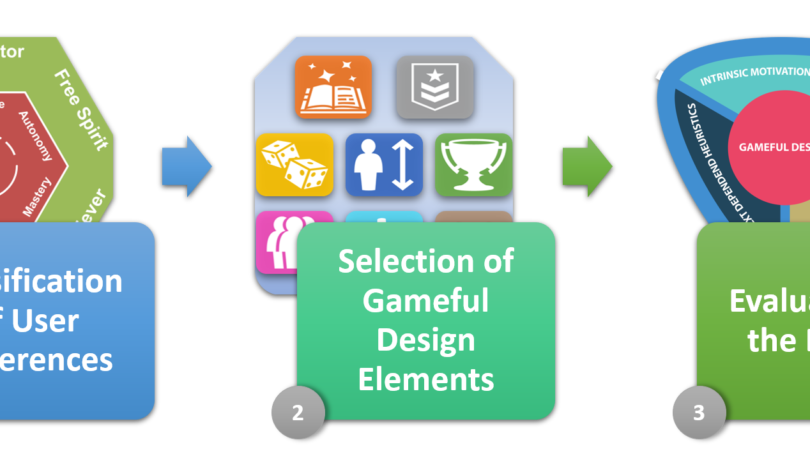At the HCI Games Group, we have been working to understand user preferences in gameful applications in order to develop methodologies for personalized gameful design. Last year, we worked together with Andrzej Marczewski and the AIT to develop a new questionnaire for the Hexad user types. The user types describe characteristics of the user, but do not tell us directly what gameful design elements each user prefer. Nevertheless, we also tested it and showed that there is a relationship between the user types and user preferences for different gameful design elements. However, this relationship is only partial, meaning that the user’s type is one of the factors that influence their preferred gameful design elements, but there are other factors that we still have not discovered.
To devise methods for the design and tailoring of personalized gameful apps, we need to have a better understanding of user preferences for different gameful design elements, after all, these are the building blocks of gameful apps. We should be able to tell, for example, if a particular user is more likely to enjoy social competition, a character progression tree, or receiving rewards. To gain knowledge about these preferences, we conducted a new study this year focused on asking participants how much they enjoy each gameful design element when interacting with a gameful application. Then, we conducted a factor analysis to group the design elements by user preferences. A factor analysis allows us to group elements that share the same characteristics; in this case, how much each participant enjoy them. This means that when a user likes an element from one group, they’re also likely to enjoy the other elements from the same group.
Our analysis identified nine eight groups of gameful design elements, which we further clustered into three high-level groups. This means that we can classify the kind of elements that users enjoy in gameful applications in three high-level types, further divided into eight groups:

Individual Motivations
This group represents the user’s interest in their own experience with the system. It includes two groups of design elements: Immersion and Progression, which include elements aimed at supporting the user at the individual level so they can successfully achieve their goals.
Immersion: enables users to have a more engaging experience, to feel that they are part of something bigger than themselves. This group includes elements such as theme, narrative, story, and mystery box.
Progression: helps users track their completed steps and plan the next ones towards achieving their goals. This group includes elements such as levels, meaning, progress feedback, and learning.
External Motivations
This group represents the user’s interest in earning external incentives and tailoring the system to them. It includes three groups of design elements: Incentive, Risk and Reward, and Customization.
Incentive: this group includes elements aimed at providing external incentives for carrying out the activities that make up part of the gameful system, such as badges, achievements, certificates, and rewards.
Risk and Reward: this group includes elements that allow the user to feel the thrill of winning, either by playing games of skill (like challenges or boss battles) or games of chance (like lotteries).
Customization: allows the user to make the system working in their favour, thus empowering the user to modify the external factors that influence their ability to achieve their goals. This includes elements like avatars, virtual economy, and points that can be exchanged by customization elements.
Social Motivations
This group represents the user’s interest in relatedness and social interactions. It includes three groups of gameful design elements: Socialization, Altruism, and Assistance. They all include elements that allow users to interact with others while carrying out their activities in the gameful system.
Socialization: enables users to interact with each other, collaborate in carrying out their tasks, or compare themselves with others. It includes elements such as leaderboards, competition, and social networks.
Altruism: allows users to feel they are part of something meaningful and make a contribution to a worthy cause. It includes elements like knowledge sharing and gifting.
Assistance: allows users to receive aid from other users or from the system, thus, helping them alleviate any difficulty that they might experience in carrying out their tasks by themselves. It includes elements such as beginner’s luck and signposting.
In the next posts, I will provide more details about the complete list of gameful design elements included in each group, as well as the relationship of these user preferences with other factors: the Hexad user types, the Big-5 personality traits, age, and gender. If you already wish to know more, here is a summary of the work, which was presented at CHI PLAY 2017:
And if you don’t mind going over the scientific details yourself, you can also read the published paper:
Gustavo F. Tondello, Alberto Mora, and Lennart E. Nacke. Elements of Gameful Design Emerging from User Preferences. Proceedings of CHI PLAY 2017. ACM. doi:10.1145/3116595.3116627
Originally published by the HCI Games Group.




2 Comments